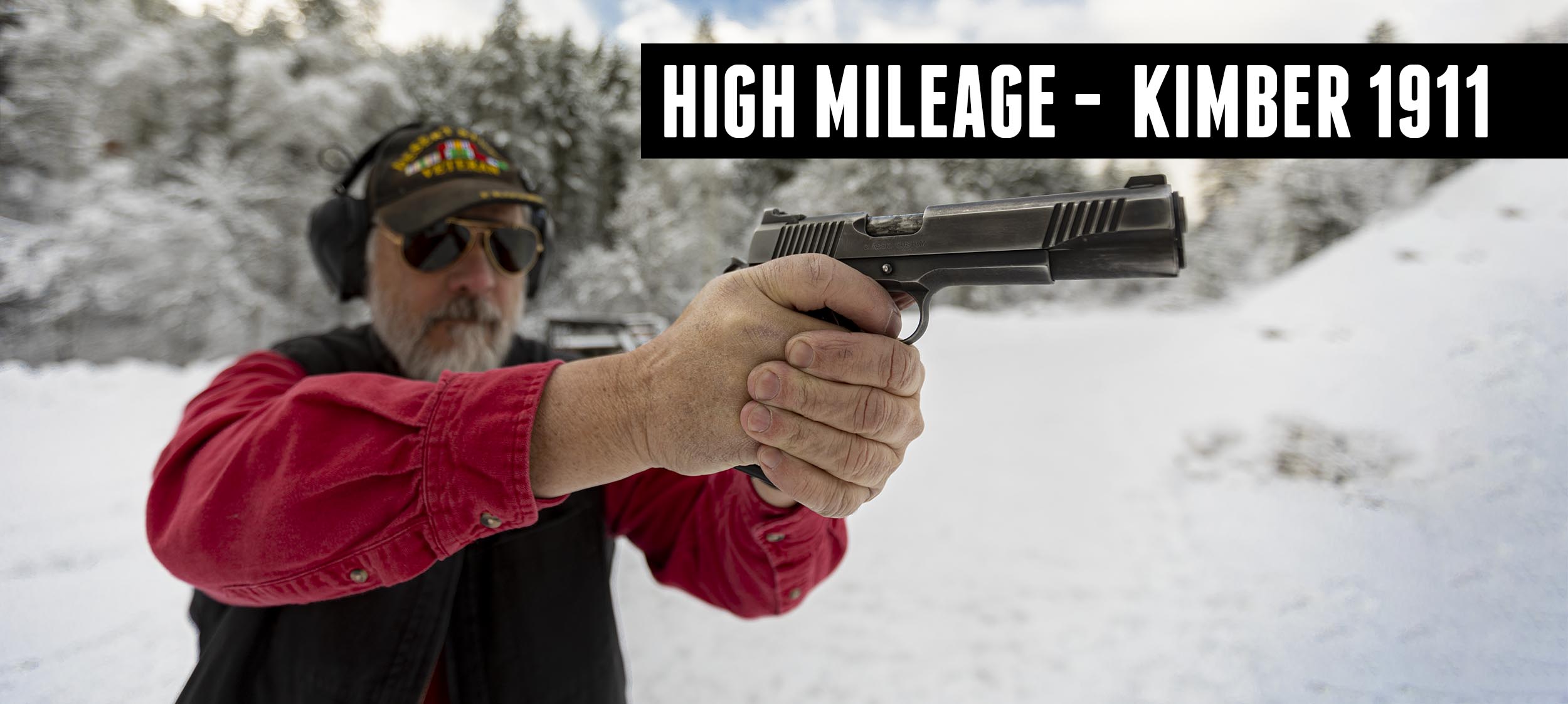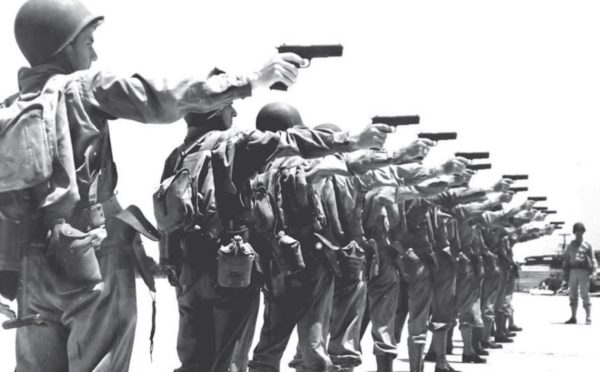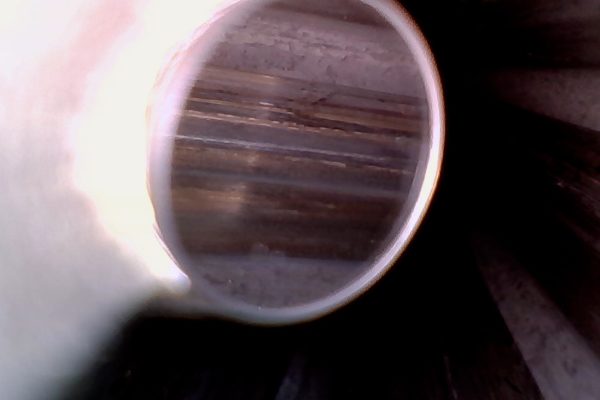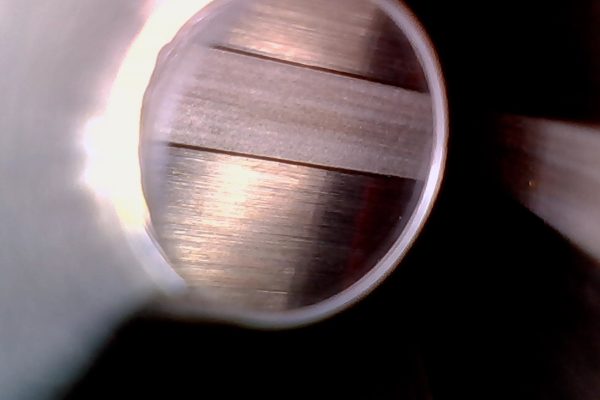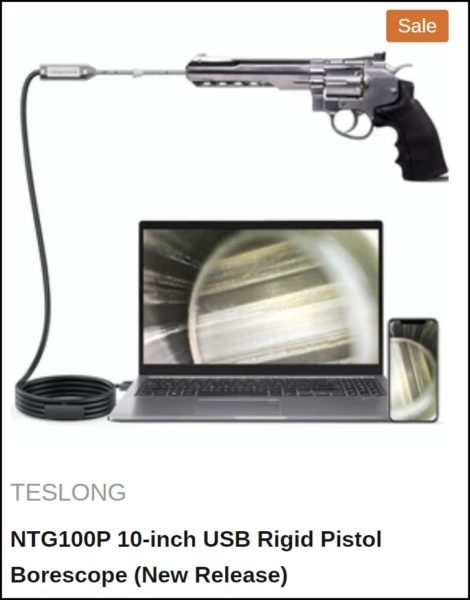This article was written by Guy Miner
Yes, I’ve put in excess of 80,000 rounds through his Kimber 1911 chambered in 45 ACP. In this article I’ll tell the full story behind this firearm, and why it’s my favorite.
Disclaimer
Ultimate Reloader LLC / Making with Metal Disclaimer: (by reading this article and/or watching video content you accept these terms). The content on this website (including videos, articles, ammunition reloading data, technical articles, gunsmithing and other information) is for demonstration purposes only. Do not attempt any of the processes or procedures shown or described on this website. All gunsmithing procedures should be carried out by a qualified and licensed gunsmith at their own risk. Do not attempt to repair or modify any firearms based on information on this website. Ultimate Reloader, LLC and Making With Metal can not be held liable for property or personal damage due to viewers/readers of this website performing activities, procedures, techniques, or practices described in whole or part on this website. By accepting these terms, you agree that you alone are solely responsible for your own safety and property as it pertains to activities, procedures, techniques, or practices described in whole or part on this website.
Marine Corps
Above: WWII troops training with 1911 pistols (National Archives and Records Administration), well before my time
My first hands-on experience with a 45 caliber 1911 was in the Marines. Instruction was minimal. A short class followed by a few range sessions and qualification. At the range in late winter, Quantico Virginia, the wet snow was falling lightly, my cotton uniform was soaked and I was cold. I remember the frustration of trying to thumb the stubby cartridges into 7 round magazines while my fingers felt like they were freezing. Trying to focus on the diminutive sights on that old Marine Corps pistol was difficult even for my then-young eyes. Wet snowflakes landed on the sights as I shot. The 45 was old, I was told that the Corps had bought them in the 1940’s. They’d been through WWII, Korea and Vietnam. The gun was old and tired, but by golly, it worked! I grew to love the 45 1911, knowing that I could count on it.
I remember being both frustrated and amused by USMC policy. Even while guarding senior officers and high ranking government officials, I was required to carry the 1911 unloaded, with two magazines in a pouch on my belt. Each magazine was loaded with only five rounds of 230 grain “ball” ammunition. This practice, and poor training cost us dearly one day when two Marine guards were assaulted and their guns taken from them! Fortunately neither Marine was badly injured.
I started handloading the 45 ACP when I was in the Marines. I’d load a box a week for several years and shoot them on weekends for entertainment and training.
Law Enforcement
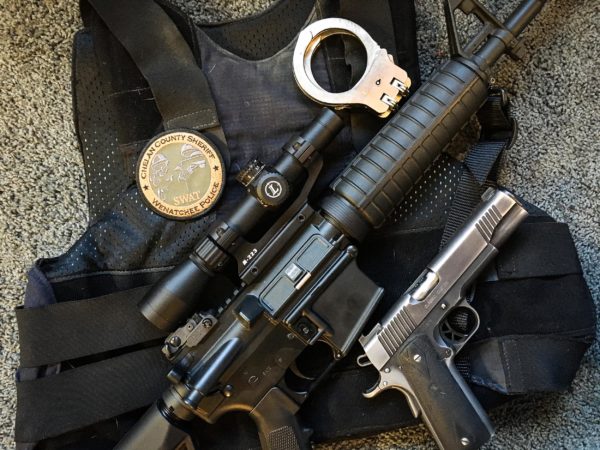
This Kimber 1911
The firearm in this story is my good old 45 caliber 1911 Kimber “Classic Custom” a gun I bought in 1997 for my duty sidearm as a police officer. 1997 was the first year of production for their Yonkers New York plant – and the gun offered so many standard features that had been previously offered by custom gunsmiths: Lowered and flared ejection port, one piece guide rod, big bold sights, beavertail grip safety, extended thumb safety, skeletonized trigger, front and rear cocking serrations, and more… It was made on CNC machinery, a new thing at that time. I bought the first Kimber I saw, and here it is, still with me after 24 years and more than 80,000 rounds.
I’d been using a stainless steel Colt 45 1911 that had been issued to me by the department. It was a decent gun, mostly because a good gunsmith had worked it over to make it reliable. In my experience, the quality control of Colt Government Models in the 1980’s was pretty poor, some barely functioned as delivered. Others were good, but it was a gamble. The standard routine in those days was to buy a Colt, then take it to a good gunsmith to have it massaged to be reliable, accurate, and easier to shoot. I went that route on one 1911 as did many of my friends. Then came Kimber… Suddenly an out-of-the box pistol was reliable, accurate and had most of the features shooters craved.
My issued Colt had done well for me at the police academy, and at the firing range, but… There was no doubt about it, the Kimber was hands down a better gun. The trigger was good with a short and crisp trigger pull. The sights were big and bold and easy to acquire. The magazine well readily accepted hurried magazine changes. There was seldom a problem with extraction and ejection. The beavertail grip safety was tremendously more comfortable in use, making it easier for me to do some extended practice sessions, sometimes 500+ rounds a day. I’ve shot much more expensive 1911’s and owned one for a time, but the Kimber has delivered all that I ask of a 45 1911.
A Range of Duties
During my law enforcement career I served as a patrol officer, a detective, a SWAT officer, a member of, and later a leader of our “pro-act” unit, and for 17 years I was a law enforcement firearms instructor. Firearms instructor school was two weeks, then there were additional schools to update those skills, and I was certified as a 1911 instructor too, and served as a SWAT sniper instructor. The Kimber served dutifully through all those, always by my side, loaded with various types of hollow point duty ammo over the years and going through thousands of rounds of 230 grain Full Metal Jacket practice rounds.
Those practice rounds weren’t enough for me! I was consumed with a desire to improve my shooting so I handloaded the stubby 45 ACP. Most of the time I loaded 230 grain lead bullets loaded over Bullseye, W231, or Unique – always loaded to velocities in the 800 – 850 fps range, providing the same point of impact as our issued ammunition. In recent years I’ve switched to either Berry’s plated bullets or the accurate 185 grain Nosler hollow point bullet. I had only my single-stage RCBS Rockchucker press, and could load a box of 50 rounds in an hour. Probably ⅓ of my practice rounds were issued ammo, thank you taxpayers! I truly appreciate that. The rest were handloaded at my own expense as the PD wasn’t about to feed my appetite for more ammunition. The figure 80,000+ is an estimate, based on years of routine practice and various law enforcement shooting schools I attended. For years I’d spend at least five days every month at the police range or at a private gun club, often firing hundreds of rounds each day, in addition to the ammo expended at various firearms schools and SWAT training. Though 80,000 is a significant figure, competition shooters can and do go through 30,000, 40,000 and more rounds every year in their 1911’s.
Firearms Program Leadership
For much of my career I was in charge of the firearms program including selecting our duty and practice ammo. I was particularly impressed with an offering by Federal, a 230 grain bonded hollow point bullet that clocked 915 fps from my 5” 1911, nearly 100 fps faster than most of our 230 grain ammunition. That ammo was used by another officer in a touching-distance fight. In tight quarters, the suspect was firing at the two officers with his 380 pistol. One officer was grappling with the suspect, the other fired a single shot.. That bullet wrecked everything important in the torso and stopped the fight pretty much instantly. The bullet expended almost all of its energy going through the bad guy, and was recovered just sitting on a couch cushion, not even having the punch to continue. I saw that as excellent performance. The bullet had done its job without endangering anyone else. These days I most often carry Hornady’s 220 grain Critical Defense ammo which is rated at 975 fps.
Action on the Job
Though I had my 45 out many times during my career, thankfully I never had to pull the trigger on another man. Four of my police buddies had to do so, and though they had no choice but to shoot or die, they still have to live with taking that life. It’s not an easy burden for any of them.
The closest I came to shooting anyone was one night on the porch of a small house in the south of town. I was a junior officer, not long out of the Marines. My partner was a veteran officer. It was a hostage situation. We were the first two officers to arrive. The door swung open, a twenty some year old female saw my partner and ran behind him. The door opened again and a young, unarmed man, his face full of fear, came out. He too ran behind my partner in the front yard. I was off to the side. The door slammed open a third time and a man appeared, rifle in hand! I brought my 45 up and started yelling at him to drop the gun. He hesitated a moment with the rifle pointed toward my partner and the two who had fled. I flicked off the safety and started to press the trigger. He dropped the rifle! I remember willing myself to back off the trigger, put the safety back on, re-holster and then I tackled him. Whew! That was my closest to ever shooting someone with the 45 pistol. Long since retired, I still drive by that house several times a week.
1911 Mentors
I met and trained with so many great firearms guys along the way! A fellow who’d been known as “Yellow Eyes” well south of the border because he wore yellow shooting glasses most of the time. He was credited with using his 45 1911 to fight off and kill two AK-47 wielding assailants, shooting across a busy street in a land far south of here. There was a retired FBI SWAT leader & instructor who refined my grip and stance, a fellow I’m still in contact with today. Another was a walking talking fighter of the old breed. He’d combined martial arts with his firearms training and reinforced my drive to do the same. I read a lot of what Colonel Cooper wrote, though I never did meet him. Each of these guys lured me deeper into the Cult of the 1911. I admit it, I am now a member of that group for over 40 years.
Training our Soldiers
As Operation Iraqi Freedom was getting started, our PD put together a small training cadre of officers who were all military veterans. We trained a group of National Guard troops before they went overseas. Later they told us that they greatly appreciated the training we provided for building searches and the close-range handgun training.
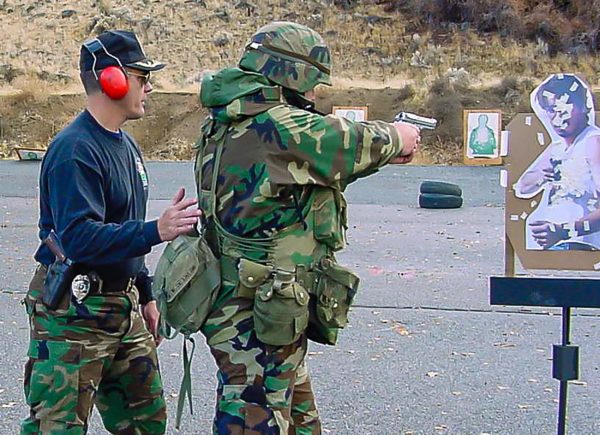
Retirement from Law Enforcement
After retiring from my law enforcement career, I was a firearms instructor for several years, teaching hundreds of people the basics of defensive pistol shooting. A few years ago Gavin and I collaborated on a story about choosing between a revolver and a semi-auto for home defense. Here’s the video from that story:
And one of the “action shots” from that story:
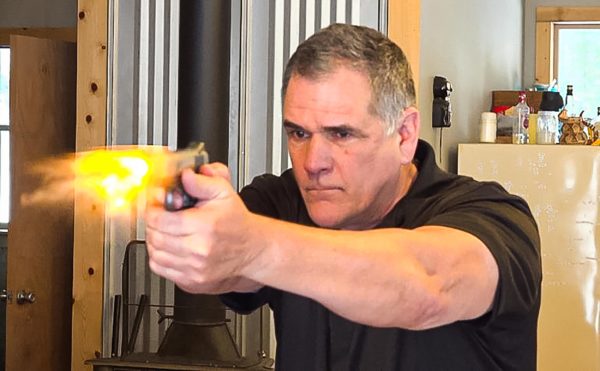
Maintenance
With this 45 1911, I remember doing the following maintenance items over the years:
- 50+ recoil springs
- 10+ firing pin springs
- Re-staked the plunger tube twice
I even replaced the grips three times! It’s worn out three sets of rubber grips and one set of wood grips.
I replaced the sights twice. This Kimber is currently equipped with Heinie “Straight Eight” night sights. The rear sight is shaped to ease working the slide one-handed. I’m impressed that it shoots 185, 200 and 230 grain bullets to nearly the same point of aim.
I changed the guide rod to the short rod original to the 1911 design. The factory rod looked like it was a once-piece rod, but it was actually made of two pieces and started unscrewing itself after tens of thousands of rounds, causing the gun to malfunction. I decided to swap in the short guide rod and it has done just fine.
What does 80,000 Rounds Do to a Factory 1911 Barrel?
Today I watched while Gavin used his bore scope on the original 1997 barrel after we’d shot using the TESLONG NTG100P borescope. It looked pretty awful:
Then he looked into the brand new Bar-Sto barrel I’ve got on standby. As one would think, it looked clean, with sharp lands and grooves. I’m looking forward to updating my old gun with the new barrel.
The NTG100P is available directly from TESLONG:
Actual “Battle Worn” Finish
The finish is well worn, down to bare metal on much of my Kimber. I like it that way. That bare metal is a reminder of all the hours, days, and years I’ve carried that gun and all the times I’ve relied on it.
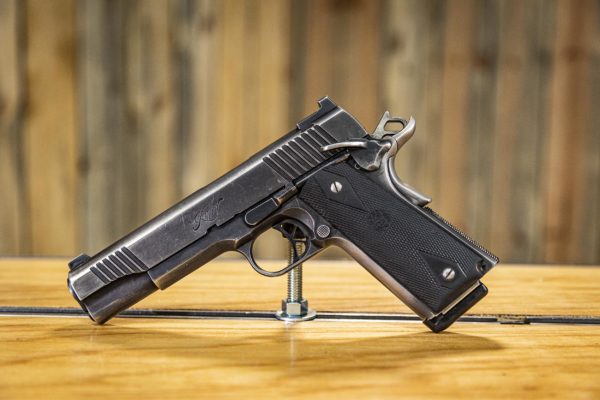
A few years ago, thinking that I might need to retire the 1997 Kimber, I bought a lightly used Kimber “Eclipse” model. The newer gun is so tightly fitted in comparison! It’s got some nice improvements, I’m most impressed with the checkered front strap. The front of the grip is worn nearly smooth on my old gun. The new gun is more accurate and very nice looking, but I have to admit that I still carry the old gun with me most of the time.
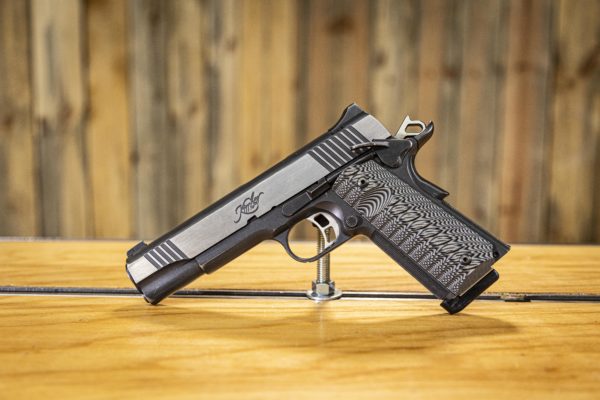
Conclusion
Yes it’s heavy. It’s an old design. It’s got a limited magazine capacity. Yet… I have to admit that I am a 40+ year fan of the 1911, and particularly of this one Kimber that I’ve carried so long and shot so often. Based on the service mine has provided, I have no trouble recommending a high quality 1911 to anyone who wants a full size defensive pistol. I still carry it often, and use it every year for my LEOSA, or Law Enforcement Safety Act, qualification, which allows me to carry concealed in all 50 states.
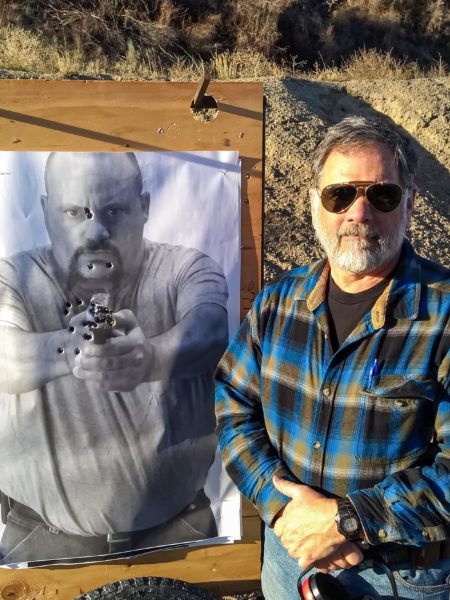
Get the Gear
Superior Plated Bullets – Berry’s Bullets (berrysmfg.com)
45 Caliber 185gr JHP Custom Competition (250ct) (nosler.com)
Don’t miss out on Ultimate Reloader updates, make sure you’re subscribed!
Thanks,
Guy
